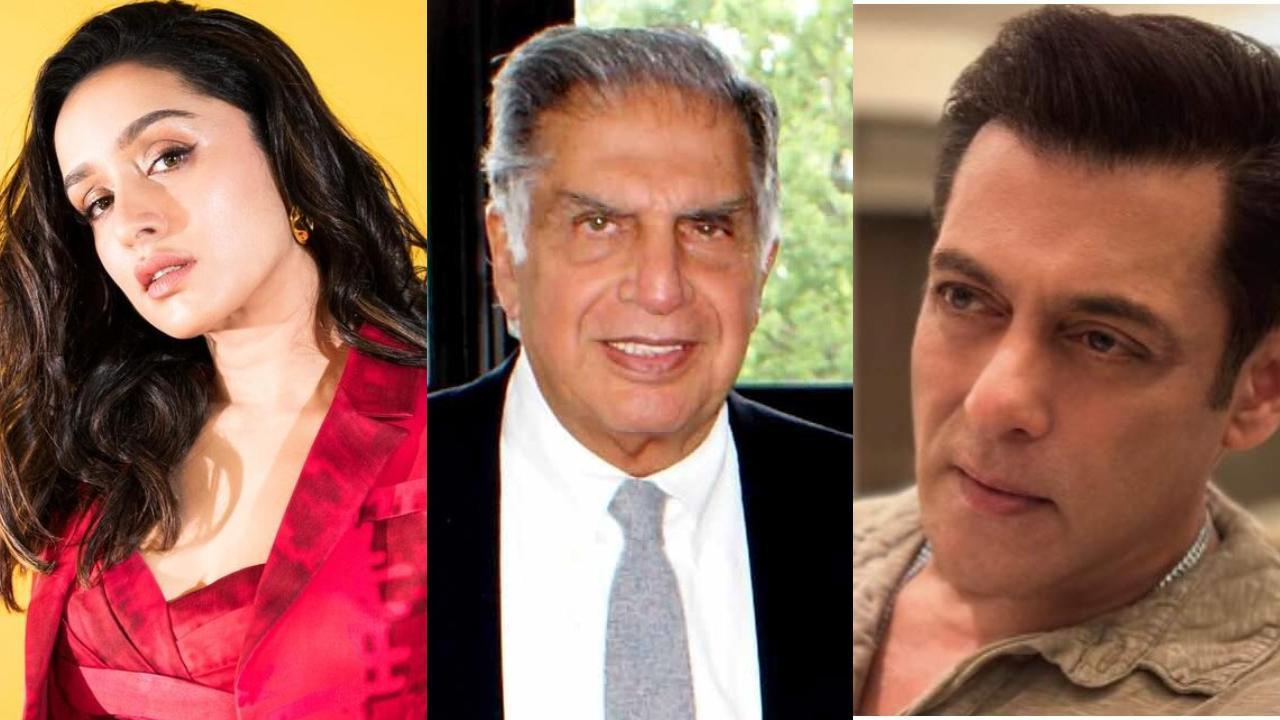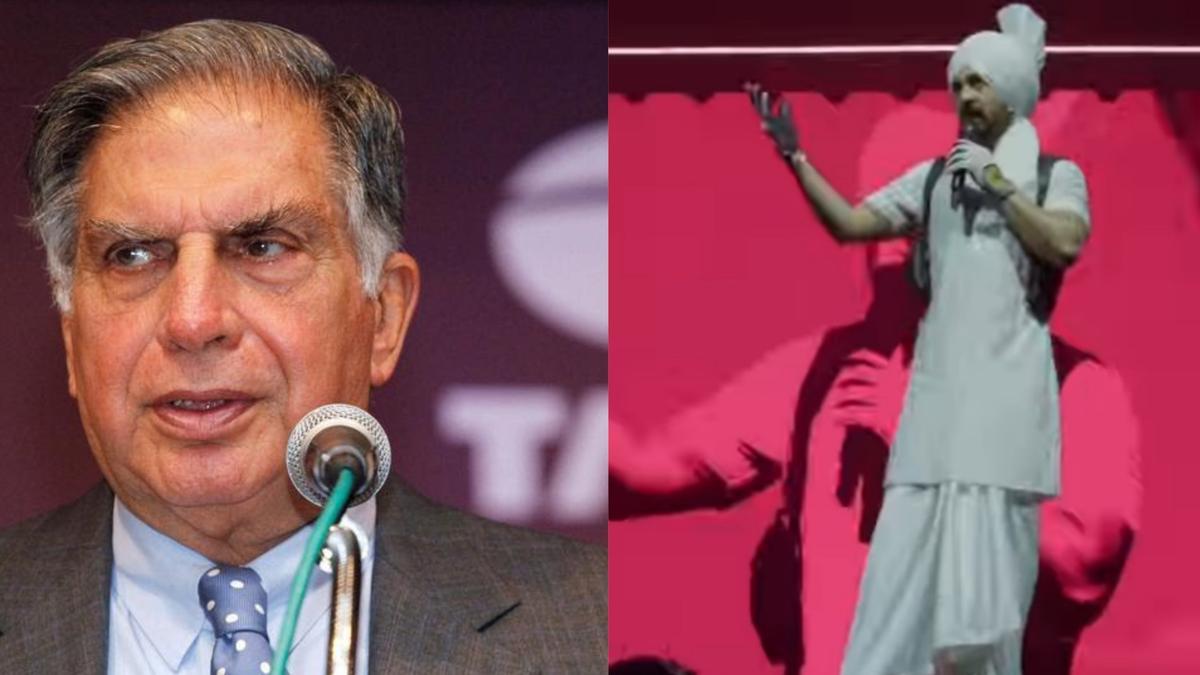
The cherished legacy of Jagjit Singh, a maestro whose soulful voice resonated with countless hearts, continues to thrive, even 13 years after his departure from this world in 2011. On the anniversary of his passing, we pause to reflect on the indelible mark he left on the musical landscape, particularly in reviving the classical art form of ghazals.
Jagjit Singh, born as Jagjit Singh Dhiman into a Namdhari family in Rajasthan, left an indelible impact not just on Indian music but on a global audience. His journey began in the small corridors of a family home in Rajasthan as the son of Amar Singh Dhiman and Bachan Kaur. He journeyed to the bustling city of Bombay in 1965 after graduating from DAV College in Jalandhar, with a heart full of dreams and ambitions. It was there that he met Chitra Dutta in 1967, and two years later, they embarked on a shared journey through life, becoming parents to their son, Vivek.
It wasn’t long before Jagjit Singh became a household name, renowned for his enchanting and tranquil tracks that captured the hearts of people from all walks of life. His unique style, known as the Bol-pradhan approach, prioritized lyrics and their profound meanings over musical embellishments, allowing the poetry to resonate deeply with listeners. This approach dramatically changed the perception of ghazals, once viewed as an exclusive domain for the aristocracy and the elite, making them accessible and beloved by the broader masses.
His vast repertoire includes timeless masterpieces such as “Tumko Dekha To Ye Khayal Aaya,” a poignant reflection on the solace found in love amid life’s adversities. Another cherished song, “Tum Itna Jo Muskura Rahe Ho” from the film Arth, serves as a comforting embrace for those grappling with the heartache of lost love.
Jagjit Singh’s unparalleled ability to evoke a spectrum of emotions in his audience made his music both unpredictable and profoundly moving. Some of his compositions, while beginning on a joyful note, would carry the listeners into an emotional abyss, while others, despite their melancholic undertones, would emanate a glimmer of hope and resilience.
. It is this remarkable balance that ensured his music would have an unimaginable and enduring impact.
In 2011, marking the celebration of his 70th birthday, Singh had envisioned a worldwide tour of 70 concerts, symbolizing his lifelong dedication to music and his fans around the globe. Unfortunately, fate had other plans. A sudden brain hemorrhage abruptly silenced his voice on October 10, leaving an entire world in mourning for the extraordinary talent that was lost.
Jagjit Singh’s contributions went beyond the world of music. He was deeply invested in charitable causes, lending his support to organizations like CRY (Child Rights and You), Save the Children, and ALMA. His philanthropic spirit spoke volumes about his character and his commitment to using his platform for the betterment of society.
In 2003, in recognition of his substantial contributions to Indian music, the Government of India honored him with one of the nation’s highest civilian awards, the Padma Bhushan. This accolade was a testament to the profound and far-reaching influence of his work.
Today, as we commemorate Jagjit Singh’s enduring legacy, it is clear to see that his music transcends generations. His genre-defining approach and emotive compositions continue to inspire millions, instilling a deep appreciation for the classic art of ghazals. Even years after his passing, the maestro of melancholy remains unquestionably alive in the hearts and minds of many, with his soul-stirring ghazals standing the test of time as an eternal beacon of artistry and passion.










